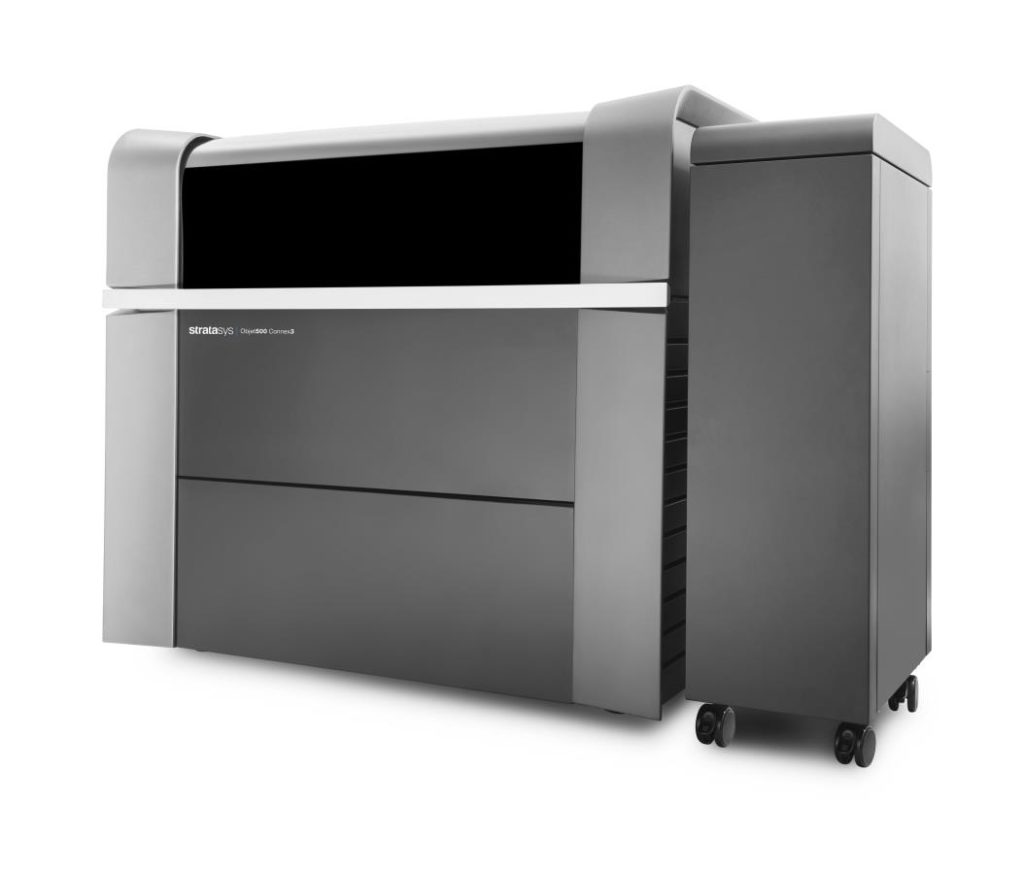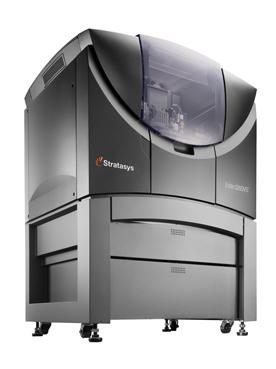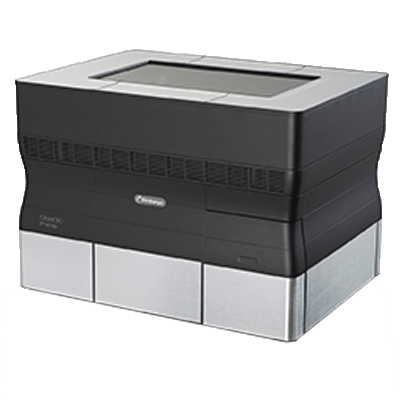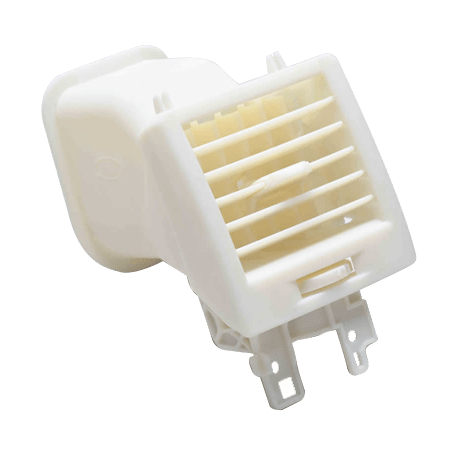
3D Print Models with High Thermal Resistance
High Temperature material combines heat resistance with exceptional dimensional stability, simulating the thermal performance of engineering plastics.
Overview
For applications such as hot-air flow or hot-water flow in pipes and faucets, use Polyjet’s High Temperature photopolymers (Helios) to print heat-resistant parts that reflect the thermal performance of standard plastics. High Temperature material boasts a heat deflection temperature of 63-67 °C upon removal from the printer- thermal post-treatment can increase this to 75-80 °C. When combined with TangoPlus (rubber-like) materials, you can produce models with unique material combinations, opacities, hues, and hardness.
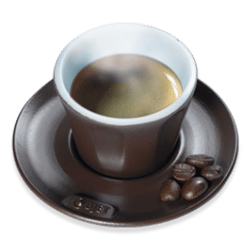
Material Performance
Helios (High Temperature) material simulates the thermal performance of standard plastics and is ideal for thermal testing of static parts.

IZOD IMPACT,
NOTCHED
14-16 J/m

Heat Deflection
Temperature
63-67°C

Flexural
Strength
110-130 MPa XZ axis

Tensile
Strength
70-80 MPa XZ axis
Material Highlights
Characteristics
- Rigid
- Opaque
- Heat-resistant
Options
- Combine High Temperature material with PolyJet rubber materials to produce varying Shore A values, gray shades and rigid functional materials featuring higher temperature resistance. In addition, produce high temperature parts featuring overmolding.
Uses
- Form, fit and thermal functional testing
- High-definition models requiring excellent surface quality
- Exhibition models that endure strong lighting conditions
- Post-processing including painting, gluing or metallization processes
- Taps, pipes and household appliances
- Hot air and hot water testing
Advantages
- Exceptional dimensional stability
- Highest heat deflection temperature of any PolyJet material
- Fine detail
Performance Scale
![]()
![]()
![]()
![]()
Material Colours

Powered By Polyjet
Renowned for its outstanding realism and breathtaking aesthetics, Polyjet 3D printing offers sharp precision, smooth surfaces, and ultra-fine details.
Technical Specifications
| Properties | ASTM | Units | Metric | Units | Imperial |
| Tensile Strength | D-638-03 | MPa | 70-80 | psi | 10,000-11,500 |
| Elongation at Break | D-638-05 | % | 10-15 | psi | 10-15 |
| Modulus of Elasticity | D-638-04 | MPa | 3200-3500 | psi | 465,000-510,000 |
| Flexural Strength | D-790-03 | MPa | 110-130 | psi | 16,000-19,000 |
| Flexural Modulus | D-790-04 | MPa | 3100-3500 | psi | 450,000-510,000 |
| HDT, °C @ 0.45MPa | D-648-06 | °C | 63-67 | °F | 145-163 |
| HDT, °C @ 1.82MPa | D-648-07 | °C | 55-57 | °F | 131-135 |
| IZOD Notched Impact | D-256-06 | J/m | 14-16 | ft lb/inch | 0.262-0.300 |
| Water Absorption | D-570-98 24hr | % | 1.2-1.4 | % | 1.2-1.4 |
| Tg | DMA, E» | °C | 62-65 | °F | 144-149 |
| Shore Hardness (D) | Scale D | Scale D | 87-88 | Scale D | 87-88 |
| Rockwell Hardness | Scale M | Scale M | 78-83 | Scale M | 78-83 |
| Polymerized Density | ASTM D792 | g/cm3 | 1.17-1.18 | ||
| Ash Content | USP281 | % | 0.38-0.42 | % | 0.38-0.42 |
